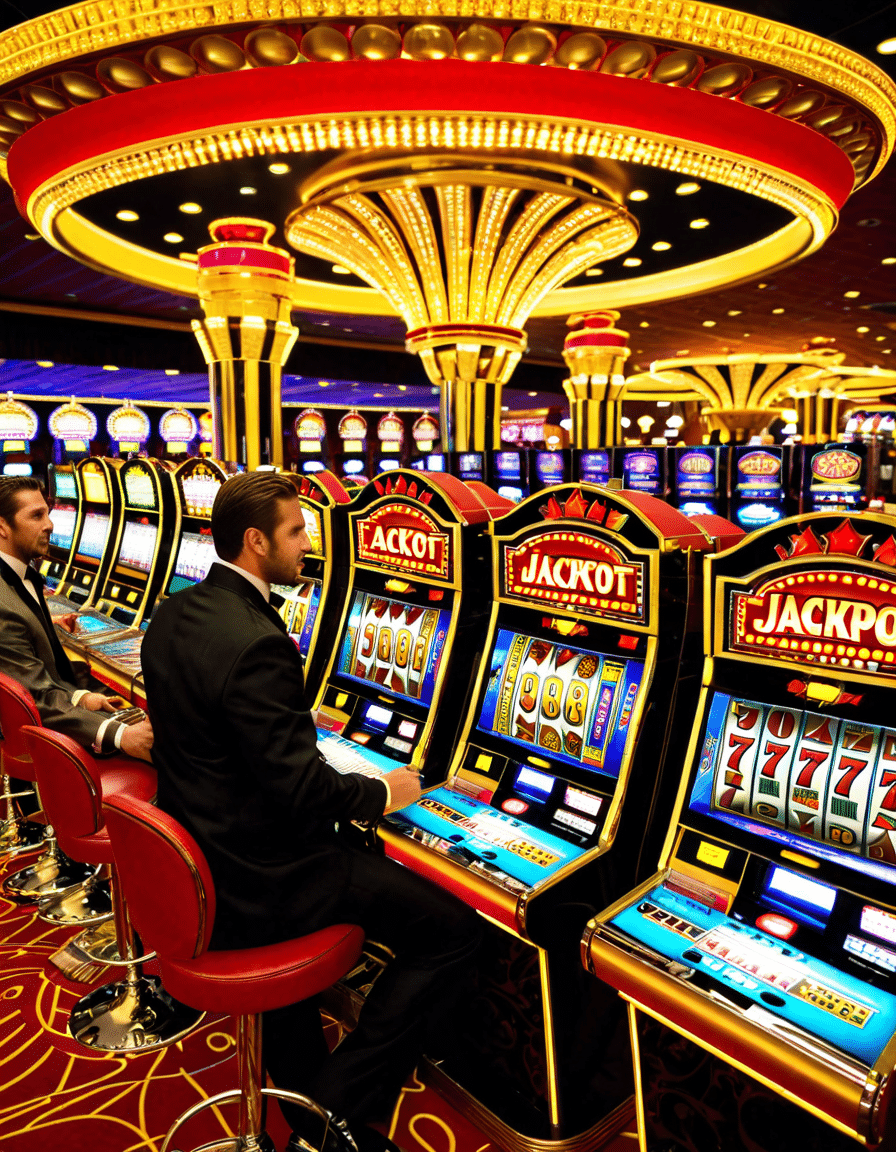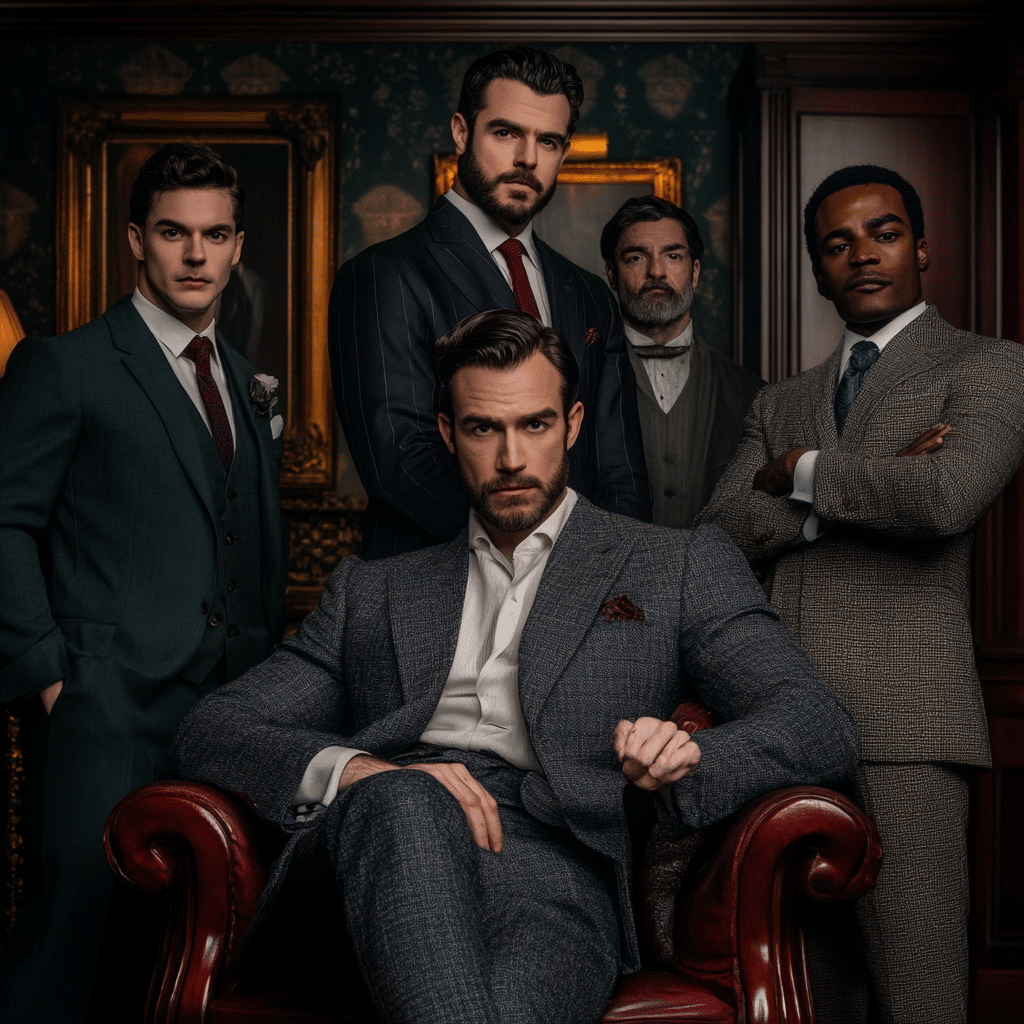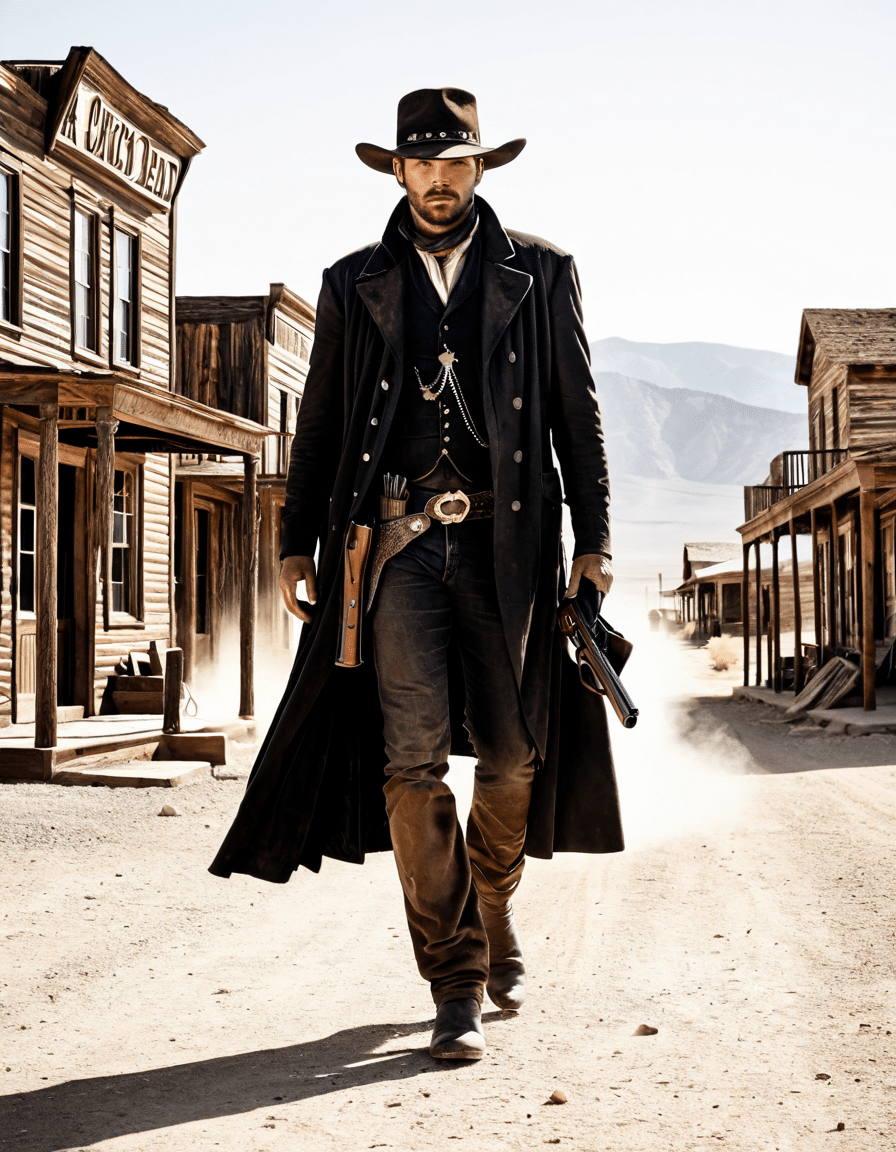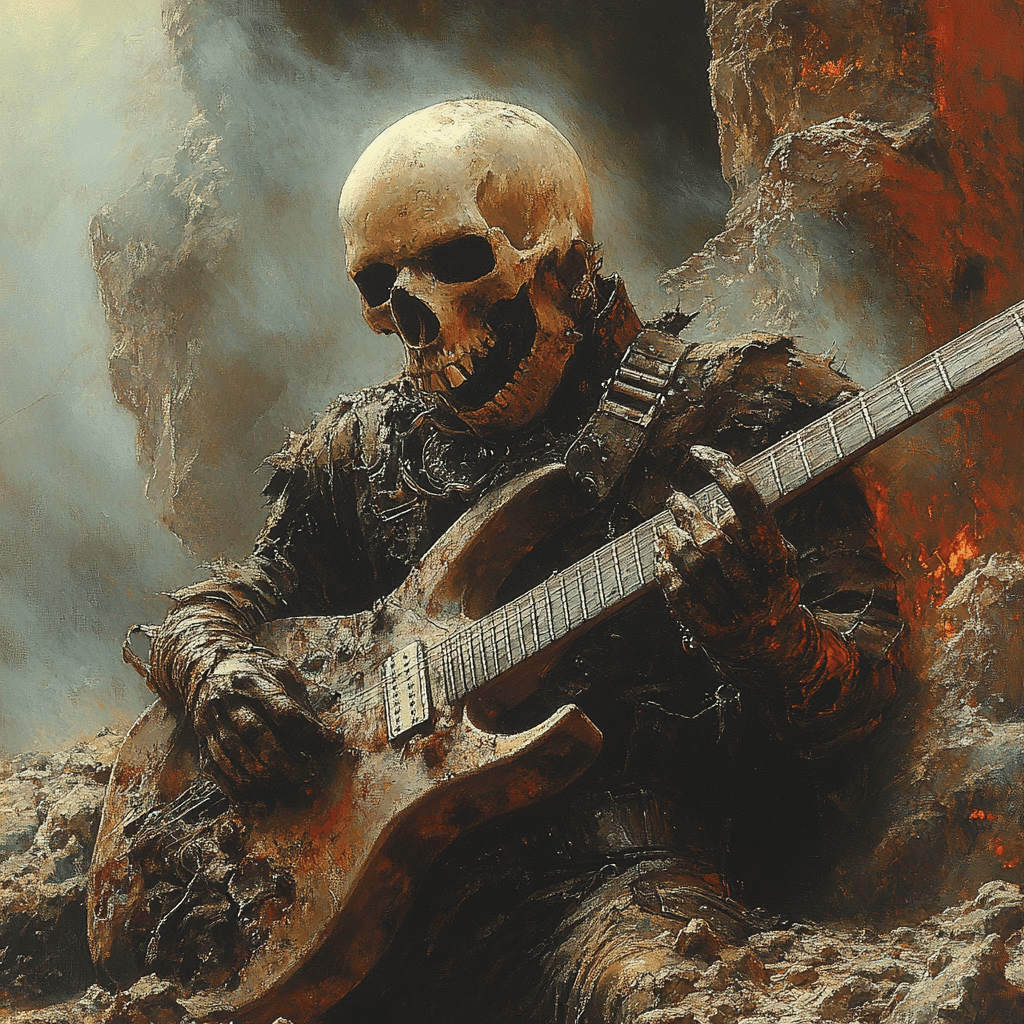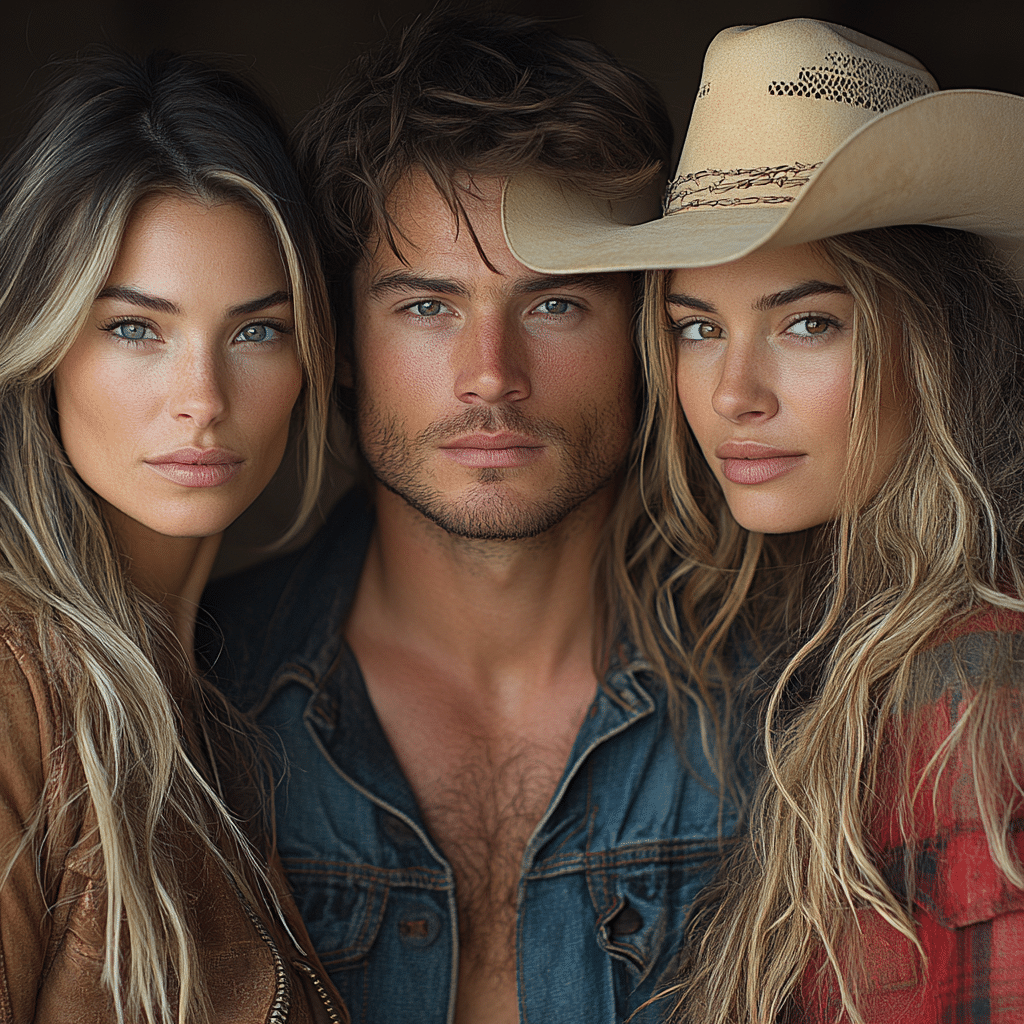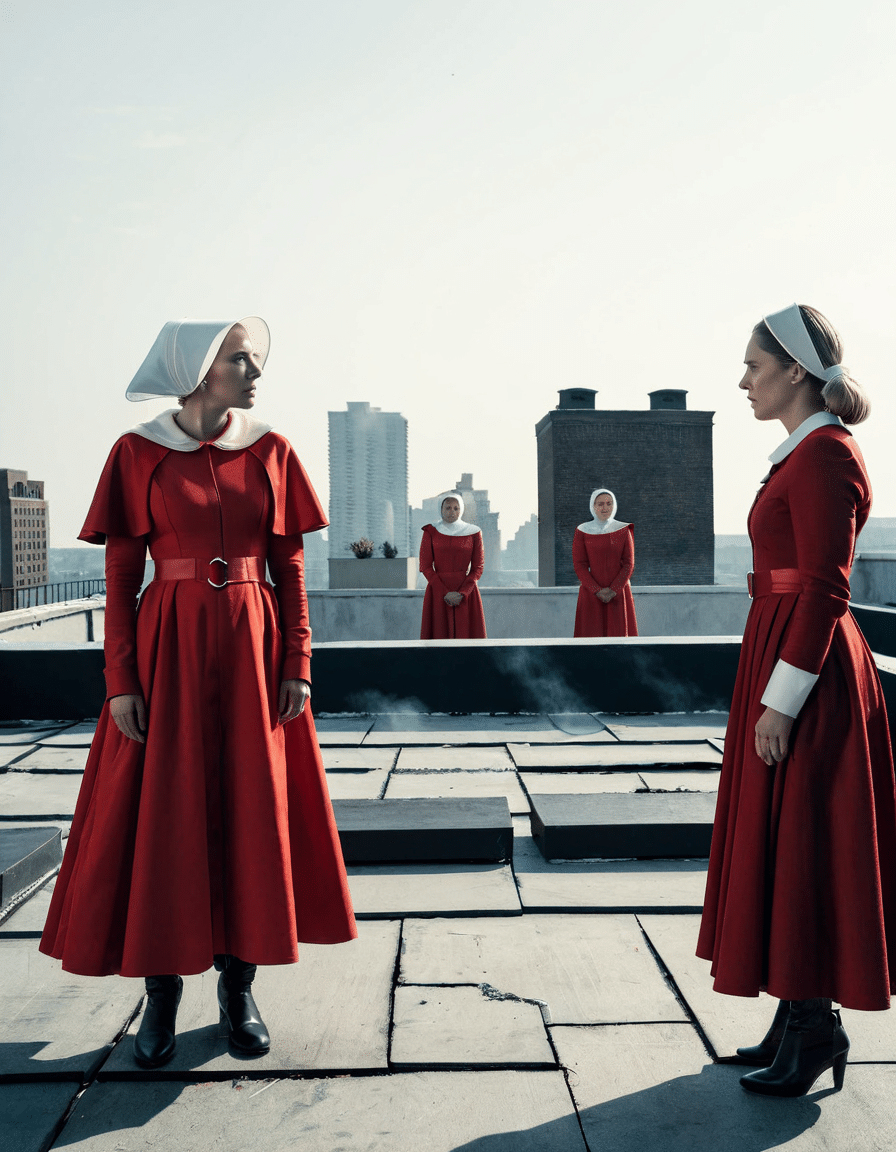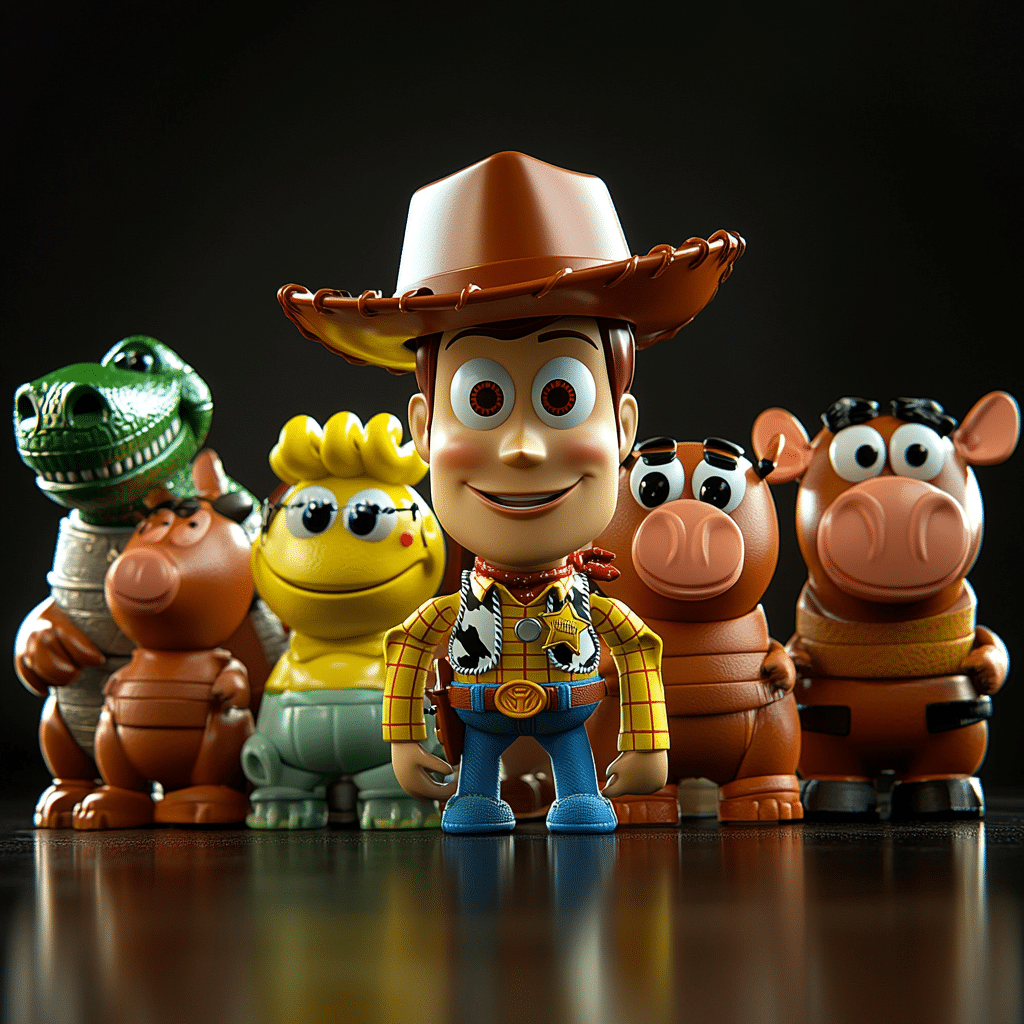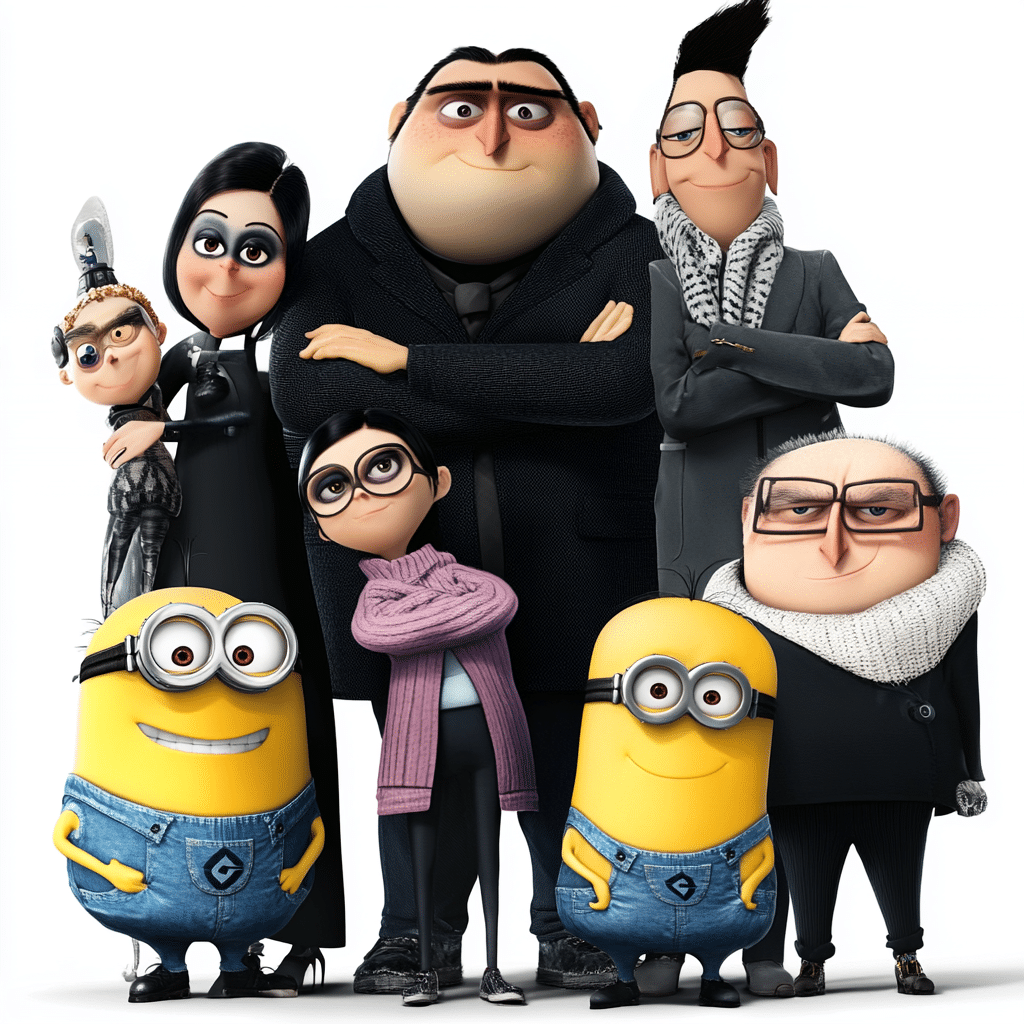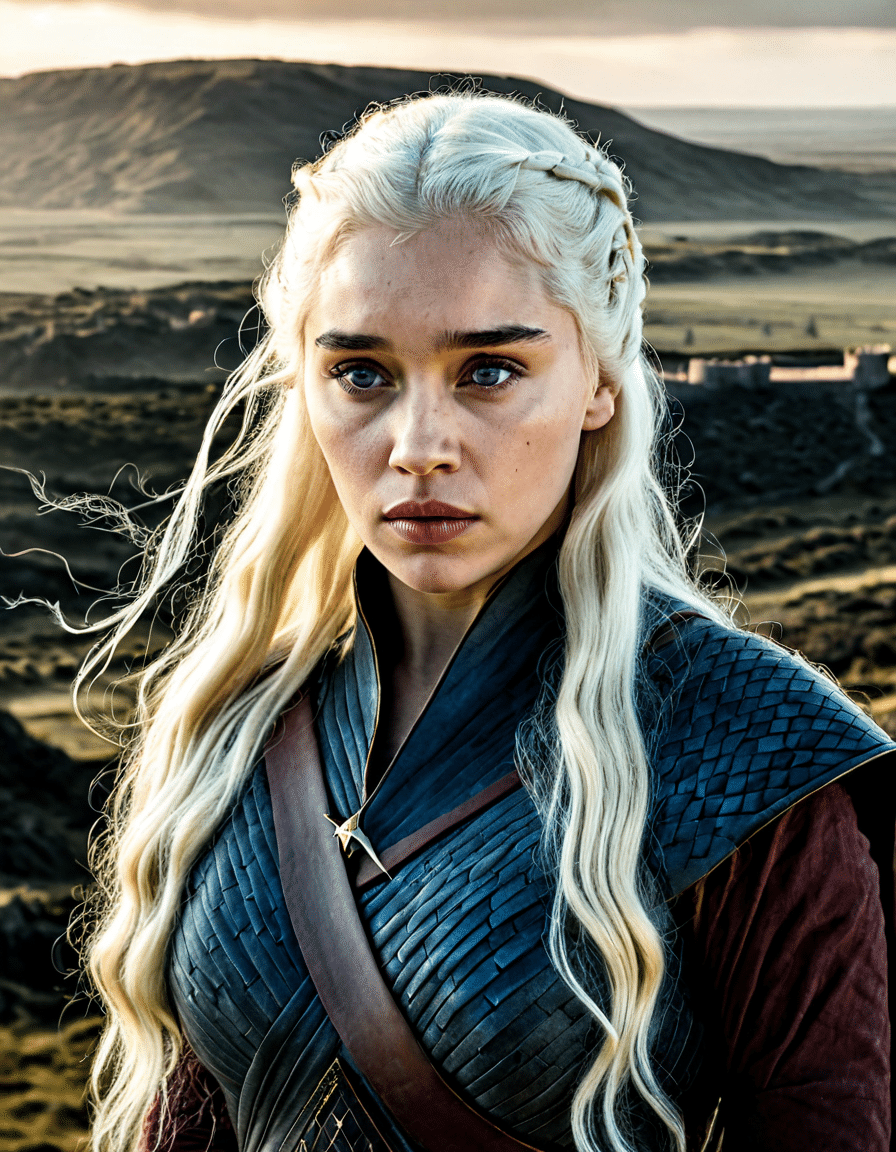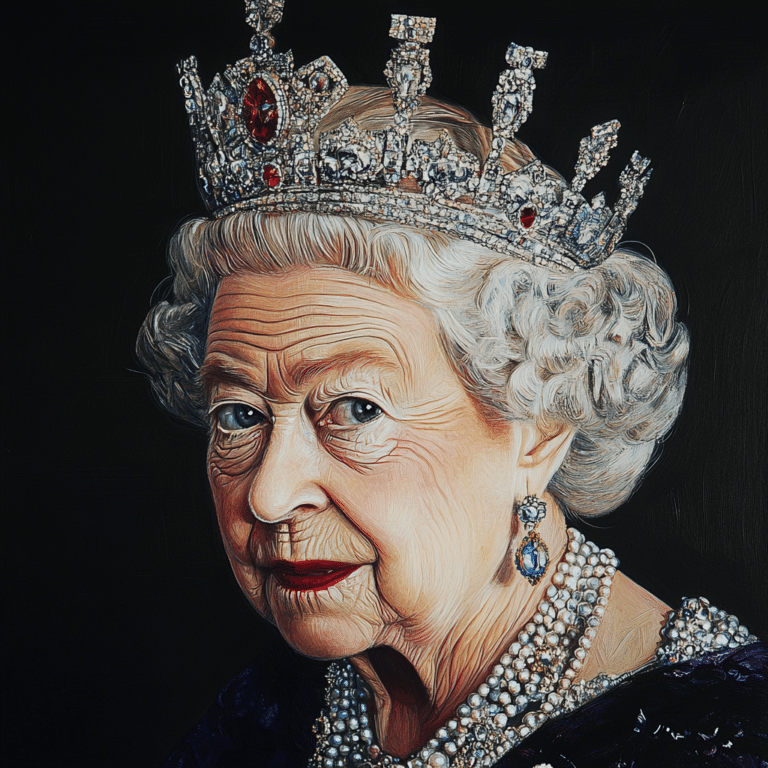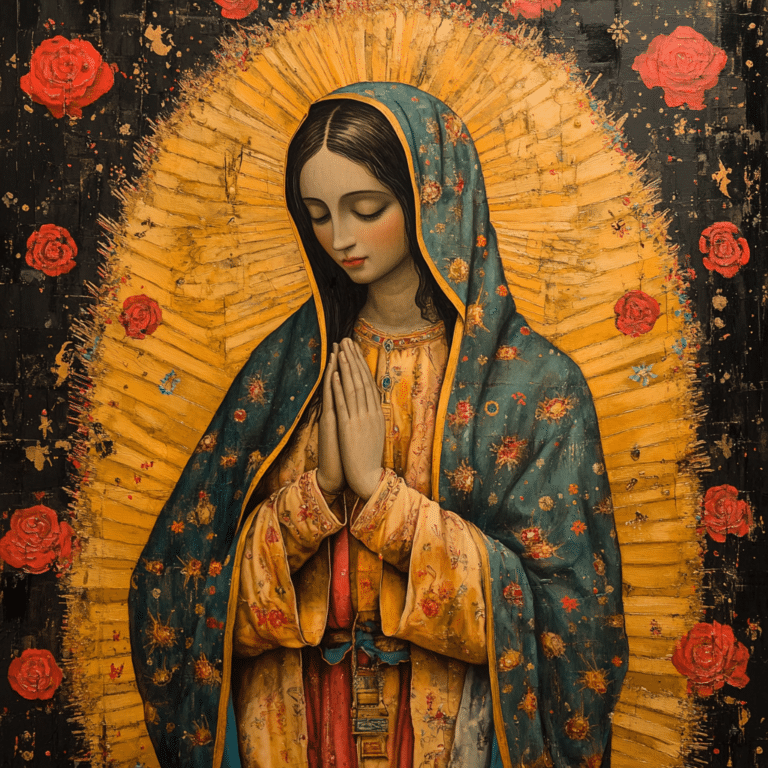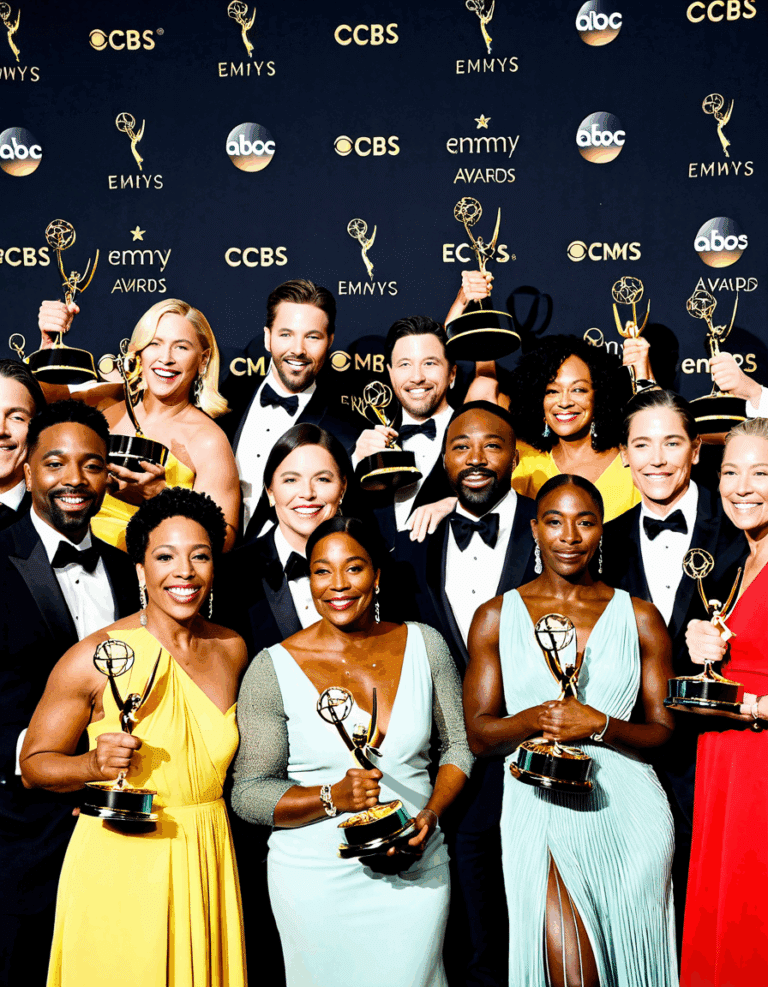Clayton Moore was not just a name in television; he became the face of the legendary Lone Ranger, a character that shaped American pop culture and redefined the Western genre. Debuting in 1949, the Lone Ranger series captured hearts and imaginations, paving the way for Moore to become a household name. His portrayal reflected bravery and a sense of justice that resonated across generations. Fans remembered his iconic mask and trademark catchphrase, “Hi-yo, Silver! Away!” Through his charismatic presence and commitment to the role, Clayton Moore set the standard for on-screen heroes, leaving an indelible mark on storytelling in America.
In a time when heroes often wore capes or wielded lightsabers, Moore’s portrayal proved that valiance could also come in the form of a cowboy in a mask. This character wasn’t just about flashy gunfights and horseback chases; he was a moral compass during a tumultuous period in American history. In short, Clayton Moore wasn’t only playing a role; he was embodying an archetype that would influence countless characters in popular culture.
His influence stretches far beyond the screen. With a legacy stitched into the fabric of American storytelling, Moore’s impact on hero archetypes has become a conversation point among creators and fans alike. So, let’s dive deeper into the ways Clayton Moore helped shape the landscape of heroism in media.
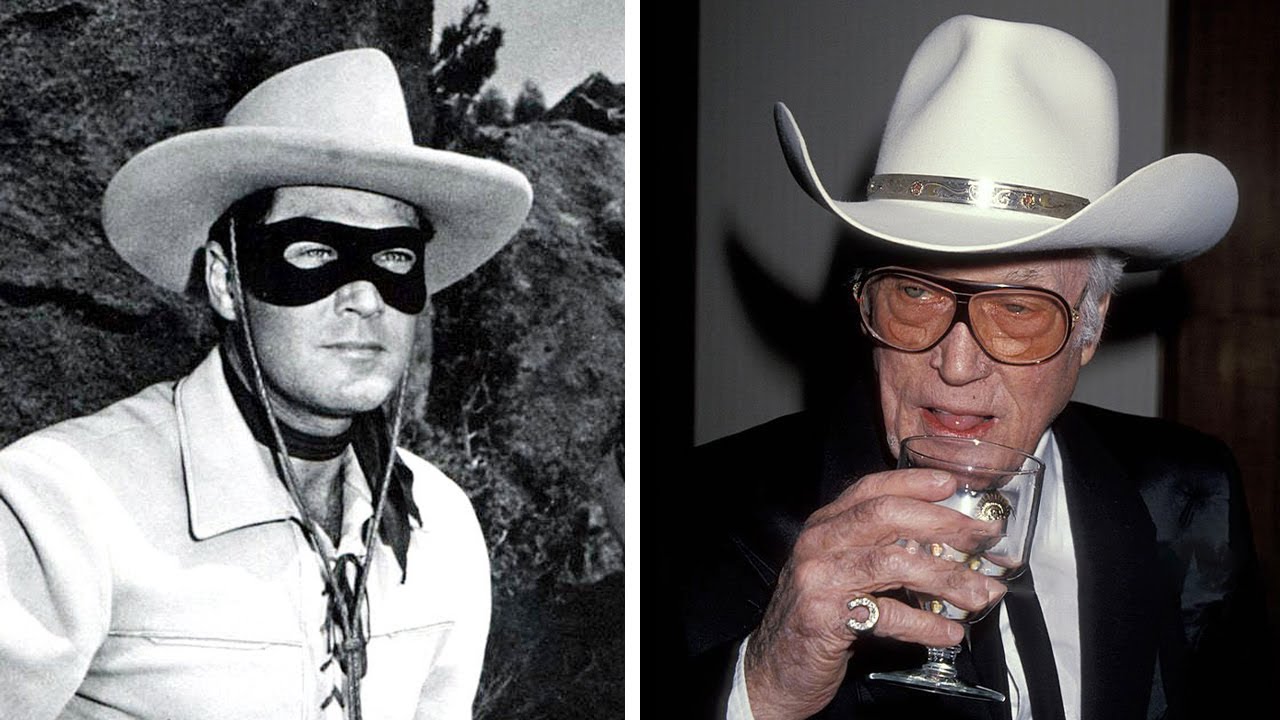
Top 5 Ways Clayton Moore Influenced Modern Hero Archetypes

The Legacy of Clayton Moore in American Film and Television
Clayton Moore’s legacy did not vanish with his departure from the screen; it thrived in contemporary narratives that echo his stylized heroism. Shows such as Westworld and films like The Magnificent Seven reference themes and archetypes Moore popularized. Through the years, filmmakers have unearthed the hero’s journey, continuously borrowing from the foundational structure he established.
Reboots of The Lone Ranger continue to pop up, flaunting the character’s significance. Each interpretation, while varied, holds a mirror to Moore’s portrayal, ensuring his influence remains relevant. Today’s creators often look back at his work for inspiration, recognizing the timeless qualities that define true heroism.
In the grand narrative of American cinema, Moore’s contributions don’t just resonate; they reverberate. He reminded us that a hero could wear a mask while embodying principles we all cherish. Heroic storytelling has evolved, but the emotional cores often draw from the essence Moore infused into every episode of The Lone Ranger.
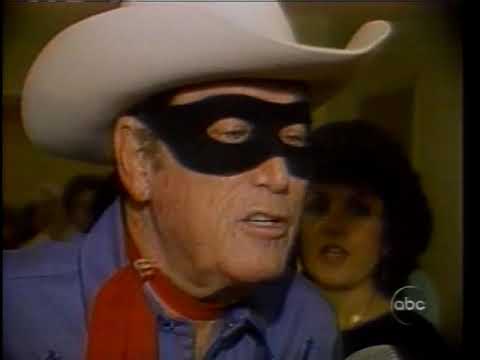
The Cultural Relevance of The Lone Ranger Today
The themes Clayton Moore embodied in The Lone Ranger carry significant weight in our current society. As the focus shifts towards social justice and ethical responsibility, his legacy serves as a beacon. In an era where justice, representation, and moral integrity are demanded, the iconic cowboy stands tall as a symbol of the ongoing fight against injustice.
These conversations are crucial as we face a media landscape where character representation matters more than ever. Moore’s Lone Ranger reminds us what heroism entails, sparking dialogues about ethics in storytelling. With new generations of creators inspired by principles of justice, they aim to evoke similar values through their characters.
From cinema to streaming platforms, the essence of the Lone Ranger remains a subject of inspiration. Moore’s vision pushes us to define what a hero truly is—especially when narratives become tangled in social complexities. His legacy serves as a significant touchstone as we navigate dramas, comedies, and everything in between.

How Clayton Moore’s Depiction Shapes Contemporary Westerns
The ripple effects of Clayton Moore’s legacy are keenly felt in today’s Westerns which tread the fine line of traditional storytelling blended with modern themes. Think about films like Hell or High Water, where the gripping reflections on morality maintain the spirit of heroism Moore made famous.
These contemporary narratives wrestle with ideas of redemption and consequences, echoing the themes that Moore brought to life. The genre has evolved, but the dramatics wrapped within the classic Western storytelling frame remain vibrant, thanks to Moore’s inspiration.
Today’s Westerns honor the struggles of common folk, giving a voice to those often overlooked. Just as Clayton Moore humanized The Lone Ranger, new creators continue to explore the depth behind their heroic characters. Westerns now process societal issues along with the classic elements, ensuring that the stories told are just as profound as the ones spoken by Moore.
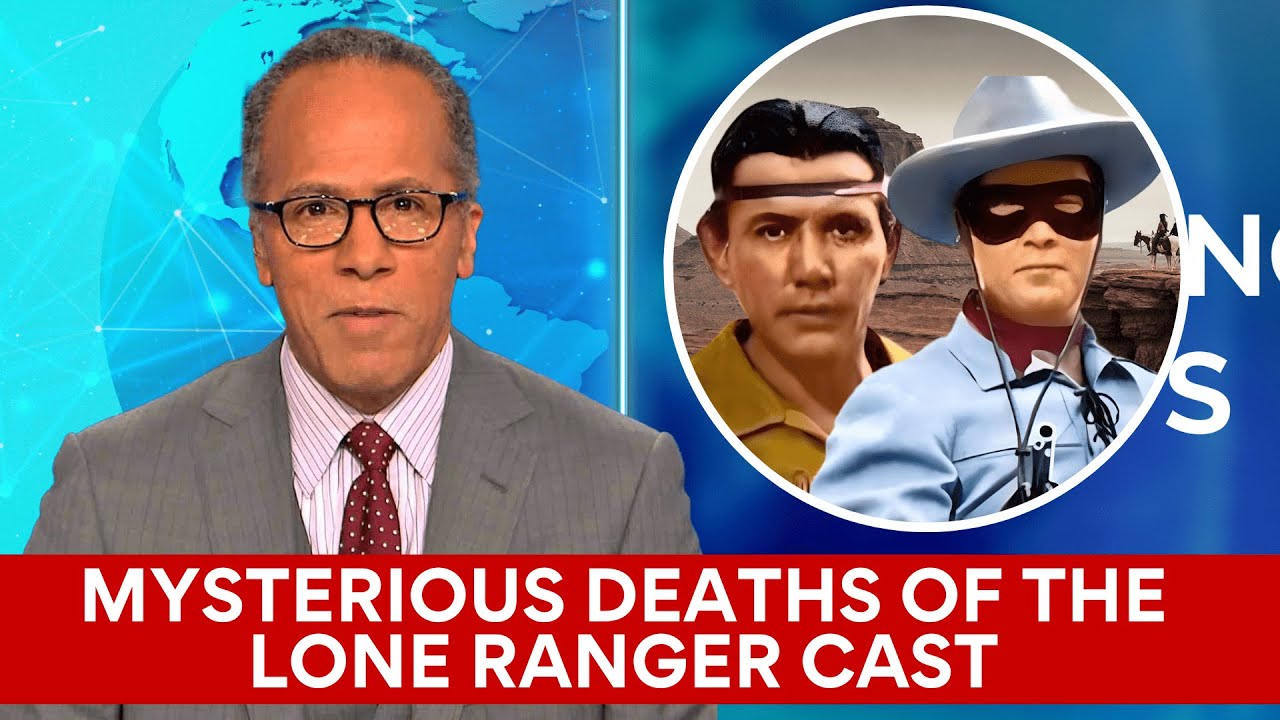
The Lasting Impact of Clayton Moore
In the grand arc of American cinema and television, Clayton Moore’s impact goes far beyond a mere character; it shapes our understanding of heroism itself. His portrayal of The Lone Ranger laid the groundwork for modern heroes, bridging the gap from classic Westerns to contemporary tales of courage.
As society continues to transform, Clayton Moore’s legacy invites revisits to vital storytelling principles—integrity, justice, and the fight against oppression. This is not just an echo of the past; it’s a guiding mantra for new narratives that wish to inspire and uplift.
In conclusion, the essence of The Lone Ranger lives on, illuminating paths for creators to weave new adventures rooted in the values we hold dear. As we celebrate Clayton Moore’s contributions, let’s remember that the spirit of heroism he endorsed is forever relevant, reminding us that, even today, heroes can emerge from the most unexpected places.
Clayton Moore: The Legendary Lone Ranger’s Impact
Iconic Legacy of Clayton Moore
Clayton Moore, best known for his portrayal of the Lone Ranger, left an indelible mark on American pop culture. Many don’t know that after the show wrapped up, Moore faced considerable challenges. This included a notorious incident that involved a car accident in Benton , Illinois,( which briefly sidelined him. Despite this setback, he bounced back and continued to embody the character, becoming a beacon of heroism for countless fans. It’s fascinating how one man’s portrayal can shift perceptions, and Moore did just that with his unwavering portrayal of the masked vigilante.
Behind the Mask: The Man Himself
Clayton’s commitment to the Lone Ranger was so profound that he often insisted on wearing the mask even in his personal life. He believed that fans connected with the character and that removing the mask would break that enchantment. Interestingly, his determination extended to his appearances long after the series ended; he attended numerous events, always in costume. This dedication compares to other iconic figures in entertainment, like the actress Madison Riley,( who captivates audiences with her engaging performances. Moore’s excitement for the Lone Ranger helped keep the spirit of the character alive, bridging generations of fans.
Trivia Tidbits and Pop Culture Connections
Fun fact: during the 1950s, the popularity of the Lone Ranger spurred a spate of similar Western-themed shows, such as the wildly popular Kakeguri() series. Moore’s impact didn’t just stop at television; he also sparked a genuine interest in cowboys and westerns that continues to influence filmmakers and actors alike. Even in contemporary forms, the essence of his character still resonates. For example, modern actors, including Dan Stevens,(,) owe a part of their celebrity cred to the groundwork laid by icons like Moore.
Moreover, the long-lasting legacy of the Lone Ranger encouraged various merchandise ranging from toys to clothing, shaping pop culture. With retail stores like Target Towson( embracing the old-school charm of Western style, it’s fascinating to see how Moore’s influence transcends time. His spirit lives on not just in old reruns but through a whole culture that finds joy and inspiration in his stories.

How much was Clayton Moore worth when he died?
At the time of his death in 1999, Clayton Moore’s net worth was estimated to be around $1.5 million, showcasing the success he had from his iconic role as the Lone Ranger.
What was Clayton Moore’s real name?
Clayton Moore’s real name was Clayton Edward Moore, but he’s best known for his stage name that made him a legend in the western genre.
Did Clayton Moore play Zorro?
Yes, Clayton Moore did play Zorro, specifically as the Ghost of Zorro in a 1949 film, which led to him being cast as the Lone Ranger shortly after.
What happened to Clayton Moore and Jay Silverheels?
Clayton Moore and Jay Silverheels were very close friends throughout their careers. Their friendship lasted until Silverheels passed away in 1980, and Moore even honored him by riding a horse in a tournament after Silverheels had a stroke.
How much was Gary Moore worth when he died?
Gary Moore, the famous television and radio personality, was estimated to have a net worth of around $10 million when he died in 2016.
Why was Clayton Moore removed from the Lone Ranger?
Clayton Moore was removed from the Lone Ranger in the late 1950s due to a dispute over licensing rights, which led to the producers replacing him with another actor for a time.
Was Tonto a real Indian?
Tonto, the Lone Ranger’s sidekick, was portrayed by Jay Silverheels, who was a Mohawk Indian; while he played the part of a Native American, Tonto is a fictional character rather than a historical figure.
Did Clayton Moore do anything other than the Lone Ranger?
Besides the Lone Ranger, Clayton Moore appeared in other films and television shows, often focusing on westerns, showcasing his versatility as an actor.
Who was the first actor to play the Lone Ranger?
The first actor to play the Lone Ranger was Earle W. Graser, who starred in the character’s original radio series back in 1933.
Is Zorro Mexican or Spanish?
Zorro is generally considered to be of Mexican origin, although his character represents a blend of Spanish and Mexican heritage.
Who played the best Zorro?
While opinions can differ, many fans often argue that Antonio Banderas delivered one of the best portrayals of Zorro in the films from the late 1990s.
Were Clayton Moore and Jay Silverheels friends in real life?
Yes, Clayton Moore and Jay Silverheels were good friends off-screen, forming a close bond that extended beyond their roles as the Lone Ranger and Tonto.
Did Tonto and Lone Ranger get along?
Tonto and the Lone Ranger had a strong partnership and mutual respect in their stories, always supporting each other through various adventures.
What did Tonto call the lone ranger?
Tonto usually called the Lone Ranger “Kemosabe,” which means “friend” or “trusted scout” in the fictionalized context of their adventures.
What was Clayton Moore’s salary as the Lone Ranger?
While the exact salary isn’t publicly detailed, it’s known that Clayton Moore earned a significant amount from his role as the Lone Ranger, particularly during the peak of the show’s popularity.

